Dancers are brought into a world filled with many expectations of skill, flexibility, and talent but there is an expectation that is overlooked in the dance industry. Body image is a huge issue in the dance world.
History of Eating Disorders and Dance
According to Atlanta Ballet, ballet began in the 1500s in Italy. Ballet in the 1500s was full of small slides, promenades, and curtsies unlike the ballet we have today which is much more complex. Catherine de Medici, the Queen of France in the 1500s, introduced ballet when she married her husband, King Henry II.
Eating disorders have been an issue for a very long time. According to the Eating Recovery Center, the ancient Romans ate lots of food and then threw it up to continue eating. Women would also start to believe that their desire for food was sinful.
The term anorexia, which is from the Greek language and means “without appetite”, has been used for up to 140 years, according to the Eating Recovery Center. Bulimia’s history is very different compared to anorexia. Bulimia wasn’t known as an eating disorder until 1979 when a British psychiatrist, Gerald Russell, invented the term around 20 centuries after the Romans.
According to The New York Times, in 1990 two specialists in eating disorders, Michelle Warren and Linda Hamilton, were going to conduct a survey, but since so many dancers dropped out of the survey it was canceled. Although it was canceled they still gathered lots of information. Dr. Hamilton said there is a huge problem with eating disorders: denial.
Toni Fisher, an office nurse at Heywood Hospital, works as a pediatric nurse and has experience working with patients diagnosed with various eating disorders. She has been working as a nurse for 17 years and at Heywood Hospital since 2021. Fisher states, “It can be challenging to help treat a patient with an eating disorder as they aren’t always aware they have one or ready to admit and accept help.”
Teachers Affect
When dancers are in ballet class there is a strict dress code: black leotard, pink tights, and a bun. In every studio, there is a very large mirror that dancers must look into every day. The mirror is a huge positive so that students can see and correct themselves so they can become strong dancers but the mirror can also be very negative and degrading. Growing up, dancers will stare at themselves in the mirror and in a way pick apart their bodies and point out flaws. They will also start to compare themselves to other dancers in the class.
Dance teachers have an impact on how dancers see themselves as they grow as dancers. Dance teachers are with their dancers as they grow up.
Brielle Boucher, an Oakmont sophomore and competitive dancer, states, “I believe that dance teachers have an effect on eating but maybe not intentionally. Sometimes it’s just little comments about eating healthier and that you shouldn’t be eating that (unhealthy foods). It could also be hiding food in fear of them seeing it. Though not all dance teachers are like that, there are some who welcome a nurturing environment and I greatly appreciate that.”
Some people believe that if you don’t have a thin body as a dancer you are not a good dancer. Many dance teachers will call dancers out in class for not having their ideal body type. Many teachers also say “suck in your lunch” which can be very discouraging and harmful to say to dancers.
When dancers get older and start getting accepted into big ballet schools their risk of developing an eating disorder grows larger. Many teachers sometimes tell dancers they need to diet to become the dance teacher’s idea of the ideal dancer body.
Eating Disorders
According to the National Eating Disorder Association, around 9% of the U.S. population, including non-dancers, will have an eating disorder in their life. A sad fact is that around every 52 minutes, 1 person passes as a direct result of an eating disorder. According to the National Association of Anorexia Nervosa and Associated Disorders, around 15% of women will suffer from an eating disorder, but only 27% will receive treatment.
Eating disorders are a big issue with dancers. According to Nourishing ny, 35% of female ballet dancers have an eating disorder. This statistic is not counting students who haven’t realized they need help yet.
According to Marquette University’s Athletic & Human Performance Research Center, 86% of professional ballet dancers experience an eating disorder at some point in their life. Professional ballet dancers only hold a small fraction of dancers in the world overall. Also according to Marquette University’s Athletic & Human Performance Research Center, 10-12-year-old ballet dancers had a higher rate of unhealthy eating choices.
Fisher mentions different ways an eating disorder can be discovered, “At times the parent is the first to notice and reach out to the provider. We see weight loss typically as the first sign as well as reports of dizziness, restrictive eating, abnormal vital signs which may be minimal at first, and increased exercise.”
How Students See Themselves
Although not all dancers develop eating disorders, they do go through the feeling of sometimes being uncomfortable at dance. Abigail Kaehlert, an Oakmont junior and competitive dancer, touched upon this topic, “Eating has not been a long-term issue but it is sometimes difficult before dance because of being bloated and then having to wear tight clothes.”
“I have been dancing for about 15 years. I have stayed at the same studio for 14 years. I love my dance family and everything they have done for me. Covid was a very tough time for everyone at the studio and me. We had to have classes on Zoom which was very difficult. When everyone was cleared to come back to the studio I was thrilled but for some reason, I was also scared. When I was in the studio I found myself always staring at my body in the mirror and coming home feeling awful. I then started comparing myself to the other people in my class. I started eating less. When I was in class I would become very weak and get extremely dizzy. I once even passed out and that was a very scary time in my life. Although all these things were harming me I couldn’t bring myself to start to eat better and I would starve more. I started seeing a nutritionist and found myself starting to realize I do need to eat food if I want to become a strong dancer. I have been much better since then but eating food is still difficult for me. I know one day everything will be alright and I am so excited for that day.”
– Anonymous dancer

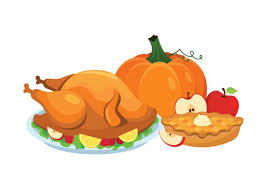

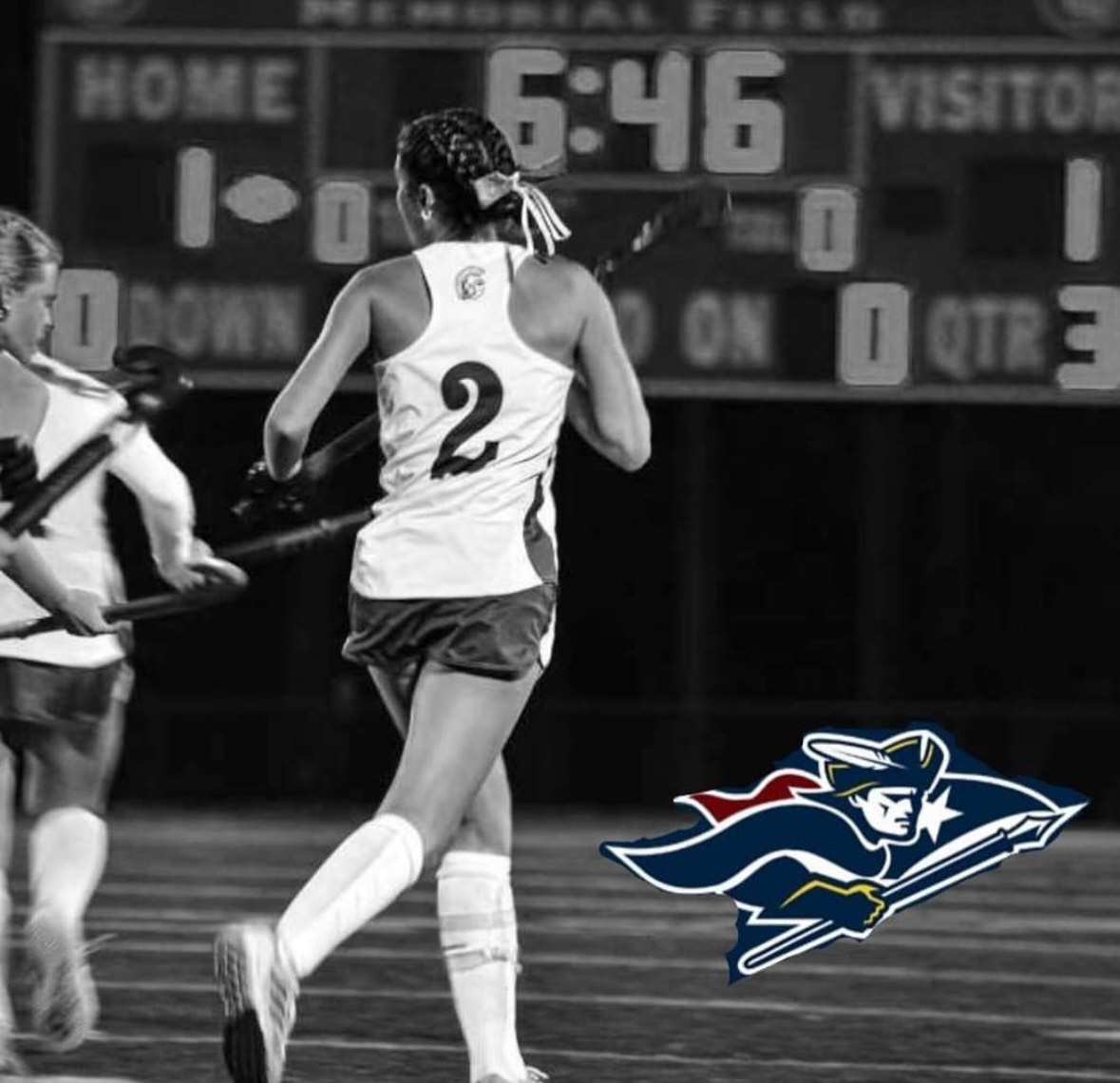


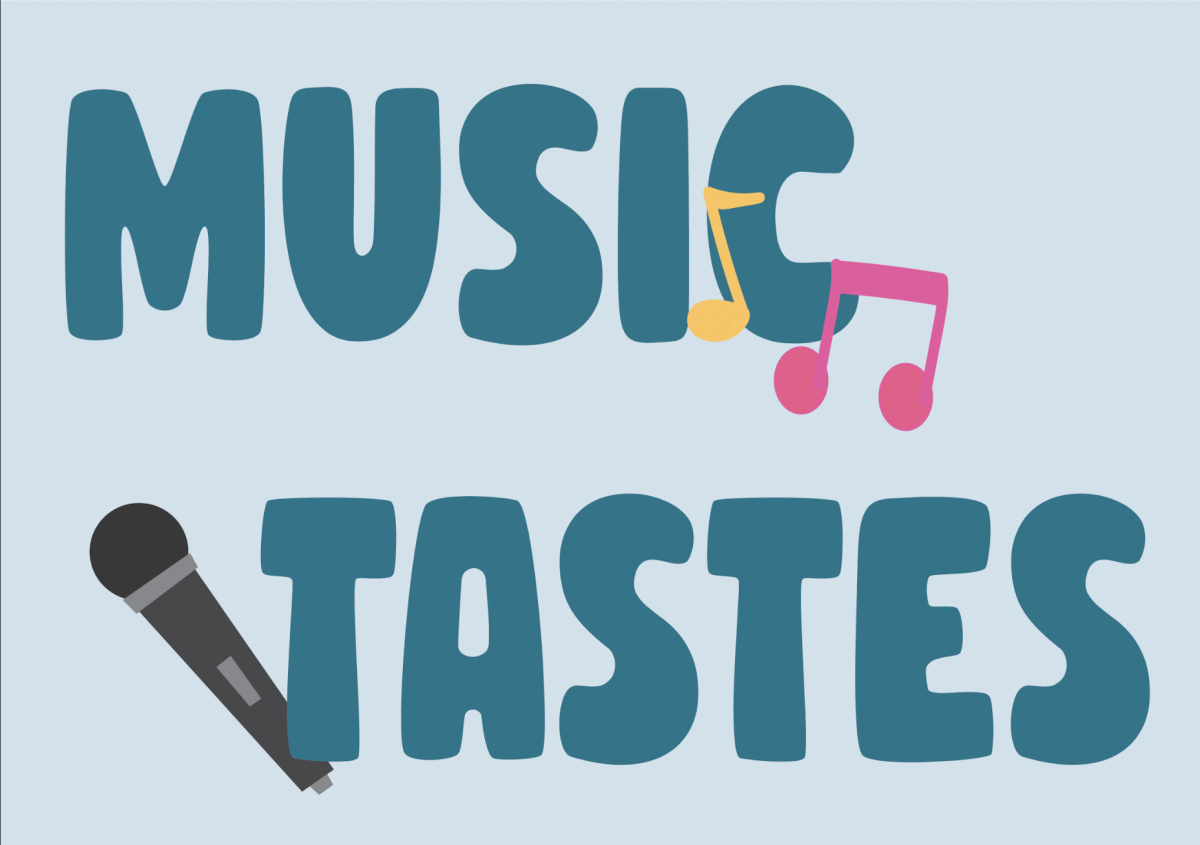


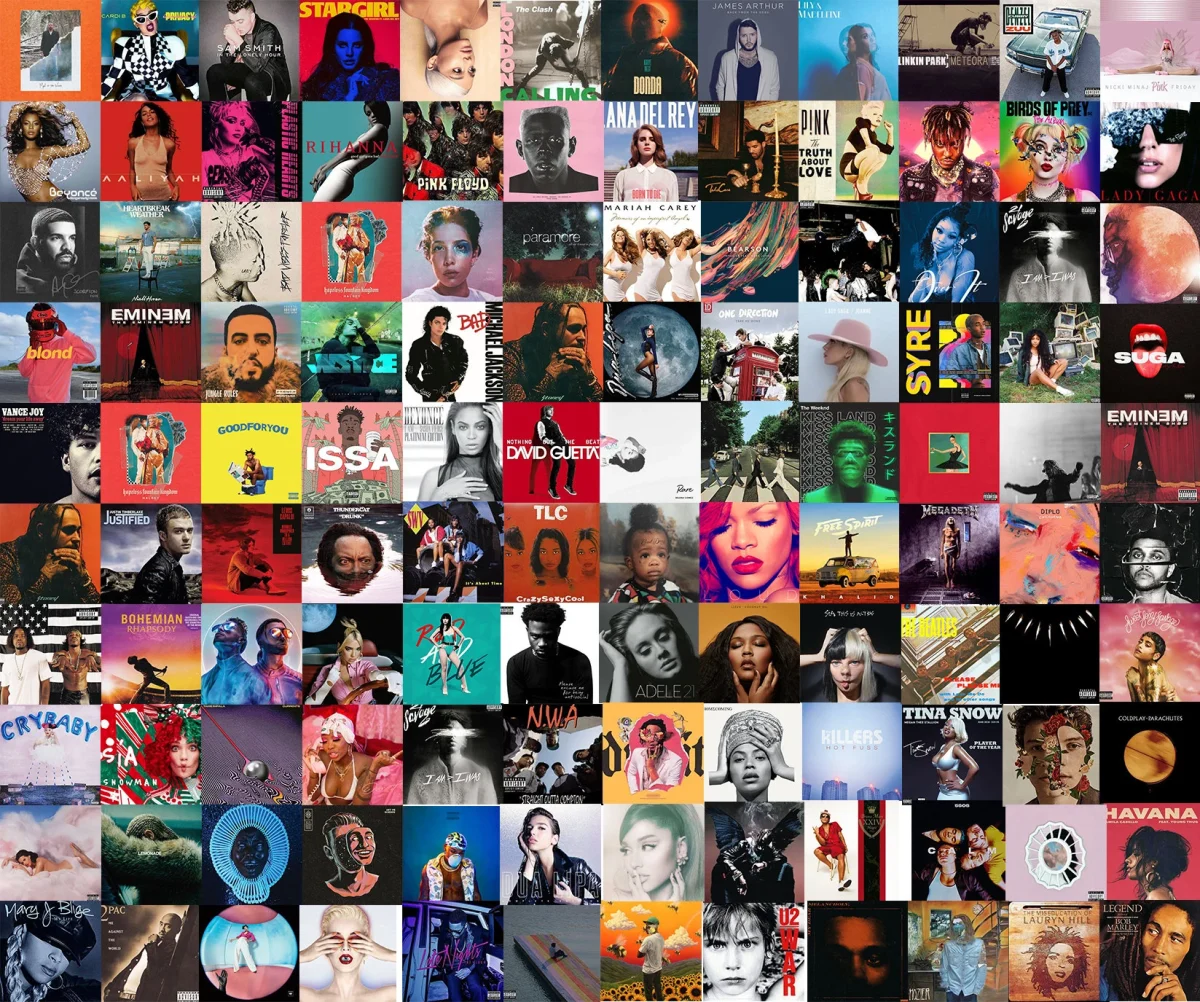

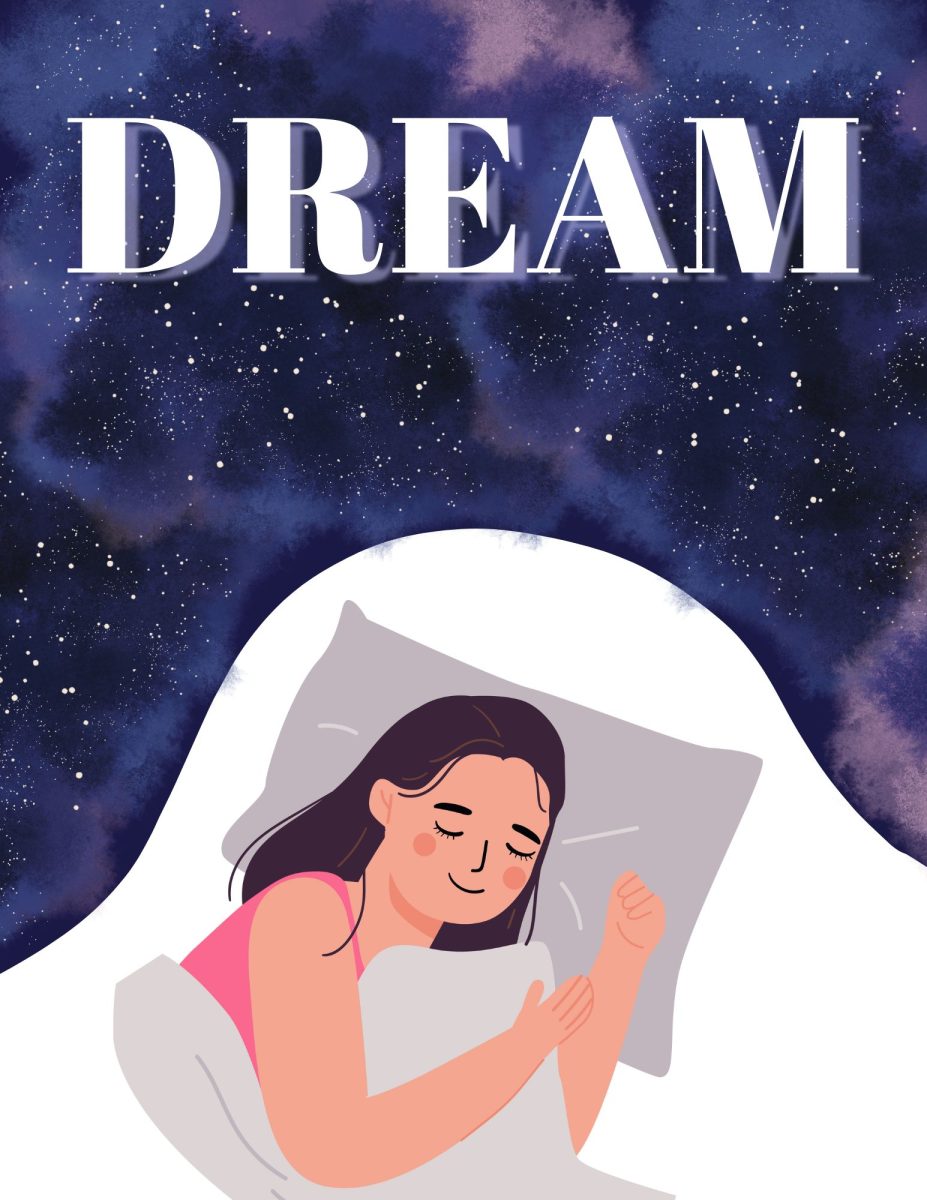
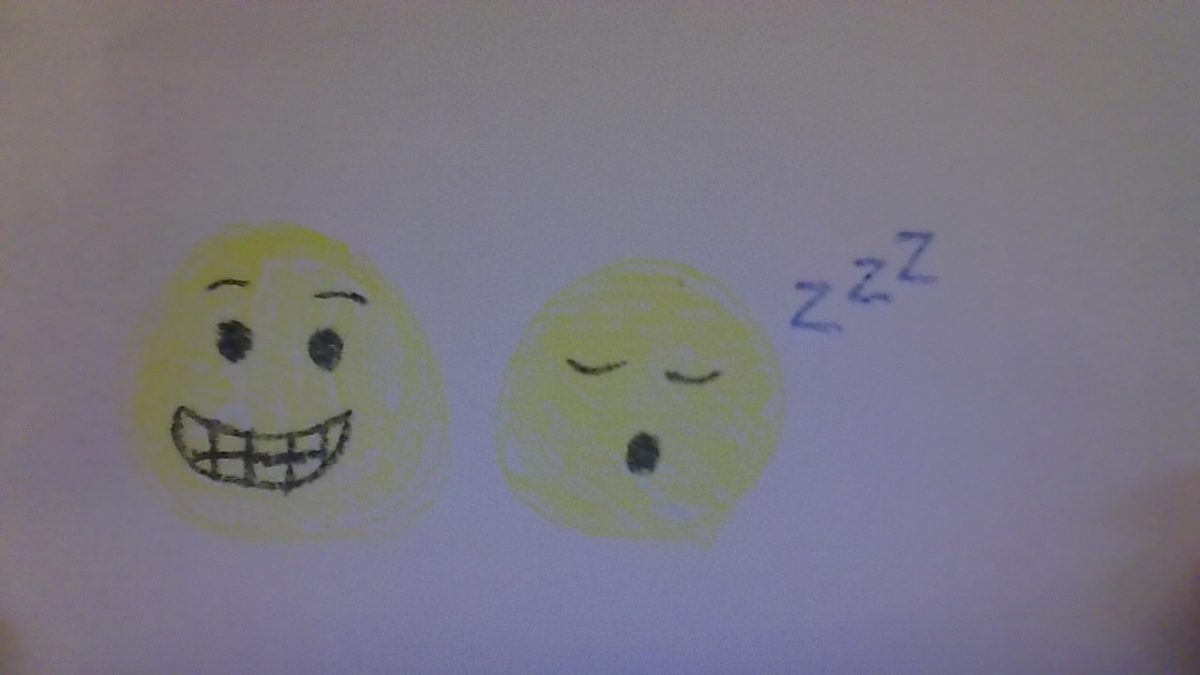


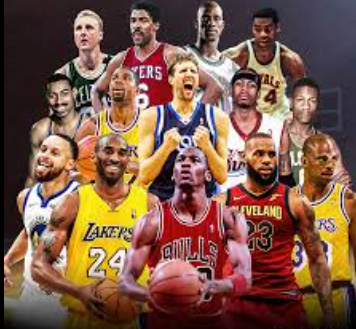
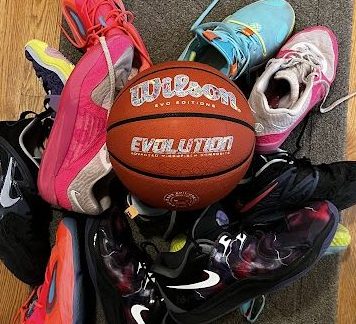
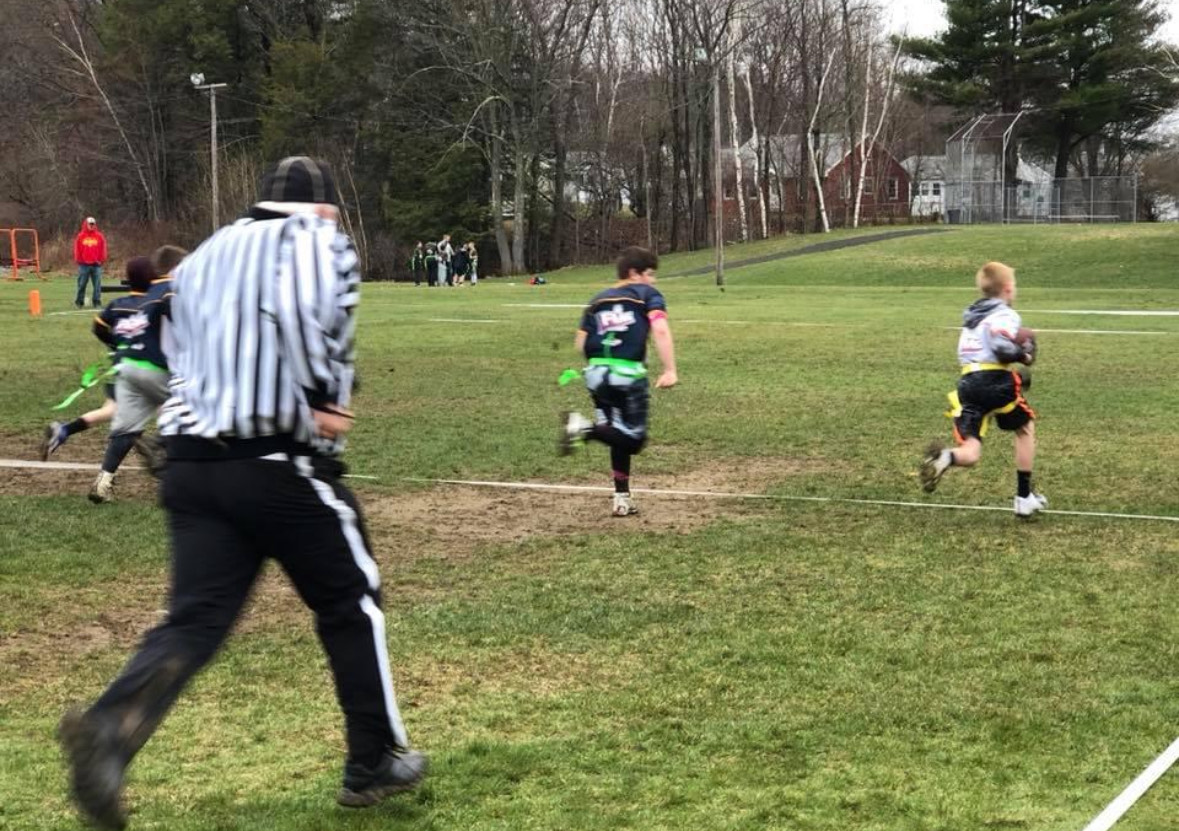
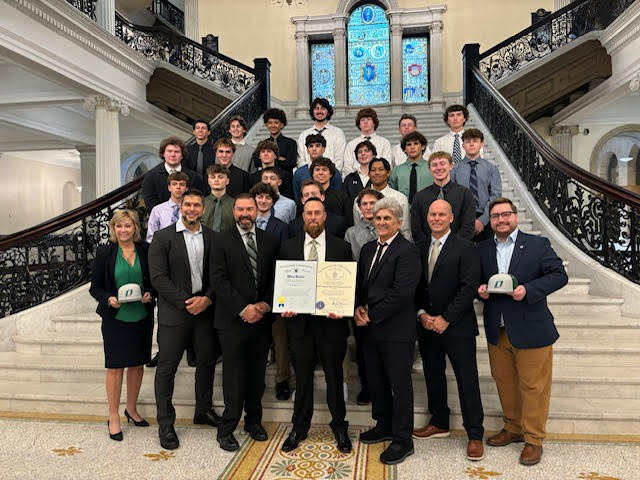



Emily Gaudet • Nov 26, 2024 at 11:32 am
Very informative!